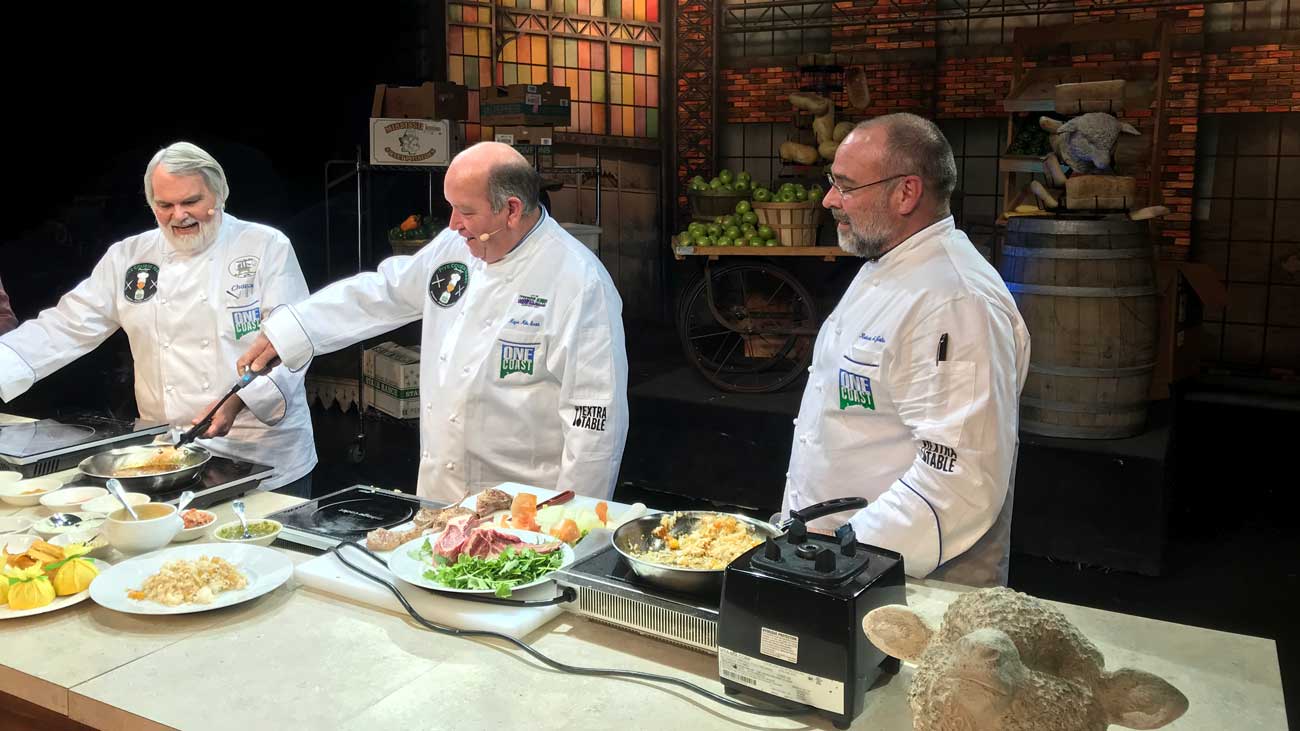Croats, Oysters, and Giving
Several years ago I was talking to a professor at the University of Southern Mississippi about travel. I was beginning to prepare for an extended trip overseas and was trying to gather all of the information I could about various countries I might want to visit. “Where is the most unique place you have visited in Europe?” I asked the professor.
Without missing a beat he answered, “Croatia.” He and his son had chosen that location and had enjoyed the trip of their lives.
I was baffled. I wondered why— of all of the places on the European continent— he would pick Croatia? Admittedly, I knew nothing of the area. I knew that the Serbs and the Croats had fought a war during the Clinton administration, and from the news footage I saw, the country looked like a third world nation that had decayed under communist rule when it was called Yugoslavia.
Nevertheless, I filed his advice in the back of my mind and when I changed our route to include Albania I learned that the only way to get to our next destination, Austria, was along the Adriatic coast which took us north through Croatia.
After leaving the dust and rubble of Albania we ended up in Croatia and all of my preconceived misgivings about that country were shattered in one beautiful coastline drive through Montenegro and into Dubrovnik, Croatia, one of the most beautiful ancient coastal cities in the world.
The British people holiday in the South of France. The French go to Spain. The Germans and Austrians travel to Italy in the late summer. The Italians travel east to Croatia. That says a lot for that country, there are a lot of beautiful coastal towns in Italy.
The old town of Dubrovnik, Croatia is all marble— the streets, the buildings, and all of the architectural elements. There is an amber glow that radiates through the town at night as the lights reflect off of the marble. It is beautiful.
While I was walking down one of those glowing streets in the summer of 2011, I had a light-bulb moment, and a fact that had been staring me in the face all of my life was realized. The place I was standing, that beautiful amber-illuminated city on the Adriatic Sea is the birthplace of the Mississippi-Louisiana seafood industry and many of our seafood dishes.
This was where the parents and grandparents of the fishermen and restaurant owners I had known as a child were born. It all started Croatia. The food was excellent. To me, Croatian food is closely related to Italian food. Being there in the streets it made perfect sense. The distance from the eastern coast of Italy, across the Adriatic Sea to Croatia, was about the same distance as a Gulf of Mexico boat ride from Apalachicola to New Orleans. And just as in the Gulf there is a bounty of wonderful seafood in the waters in between.
The Croats were great fishermen. They immigrated to the southern United States and many opened seafood restaurants. I ate my first raw oyster in Baricev’s in Biloxi. I currently purchase a large majority of the seafood in our restaurants from the Rosetti family just a few blocks from the original Baricev’s location. In New Orleans, Uglesich’s was a fried-seafood mainstay, and now one of the most popular dishes in all of New Orleans (and in my restaurants, too)— charbroiled oysters— was born at Drago’s.
Drago Cvitanovich emigrated from Yugoslavia after World War II and worked at a relative’s restaurant before opening Drago’s. During the German and Communist occupations of their country they lost everything and depended on the help of friends. The Cvitanovich family never forgot the kindnesses shown to them and, to this day, do more than most restaurateurs to “give back.”
In 2013, the Cvitanovich family donated over $285,000.00 to local community projects and efforts in New Orleans. However, the giving spirit doesn’t stop at the Louisiana border. Yesterday I ate lunch at the newly opened Drago’s on County Line Road in Jackson. The restaurant opened in December for dinner only and yesterday was their first lunch shift. In an unprecedented display of giving, the Cvitanovich family graciously donated 100% of their sales (from 11 a.m. to 4 p.m.) to Extra Table to be used to purchase healthy food to stock the shelves at the Wells Church pantry.
The menu at Drago’s is representative of the country where the restaurant’s founders were born and raised— heavy on seafood and inspired by Italian sensibilities, though a lot of New Orleans creeps into every dish. The family is representative of the giving nature of the Croats as Drago’s and the Hilton hotel donated $6,000.00 to Extra Table to purchase healthy food for Wells Church. This world needs more families like the Cvitanovich clan.
Tom Fitzmorris the legendary food writer, critic, chef, author, New Orleans historian and all-around bon vivant published his version of Drago’s Char-Broiled Oysters several years ago. I asked if he would mind if I published his recipe with this column. He graciously gave his permission.
Tom Fitzmorris’ version of Drago’s Char-Broiled Oysters
Drago Cvitanovich has been the oyster king of New Orleans for four decades–and that’s saying something. Like most other people in the oyster business, he was a Croatian immigrant. When he opened his restaurant in the 1970s, he kept his ties with his countrymen down the river, and as a result always had the best oysters available.
Drago’s son Tommy, who now runs the restaurant, created this dish in the early 1990s. It became wildly popular, and restaurants all over town now copy the dish. It’s simple enough. The only tough part is obtaining oysters of Drago’s quality (sometimes you can get them directly from the restaurant), and then opening them. Don’t attempt this without freshly-shucked oysters and an outdoor grill.
This is the perfect dish for those who want to enjoy oysters in their unadorned form, but can’t or won’t eat raw. Once you start eating these, you won’t be able to stop. My personal best is four and a half dozen.
2 lb. butter, softened
1/2 cup finely chopped fresh garlic
1 Tbs. black pepper
1 tsp. dried Italian seasoning
6 dozen oysters on the half shell
1 cup grated Parmesan and Romano cheeses, mixed
3 Tbs. chopped parsley
1. Mix butter with the garlic, pepper, and Italian seasoning.
2. Heat a gas or charcoal grill and put oysters on the half shell right over the hottest part. Spoon the seasoned butter over the oysters enough so that some of it will overflow into the fire and flame up a bit.
3. The oysters are ready when they puff up and get curly on the sides. Sprinkle the grated Parmesan and Romano and the parsley on top. Serve on the shells immediately with hot French bread.
Serves eight to twelve normal people, or two serious oyster fanatics.



